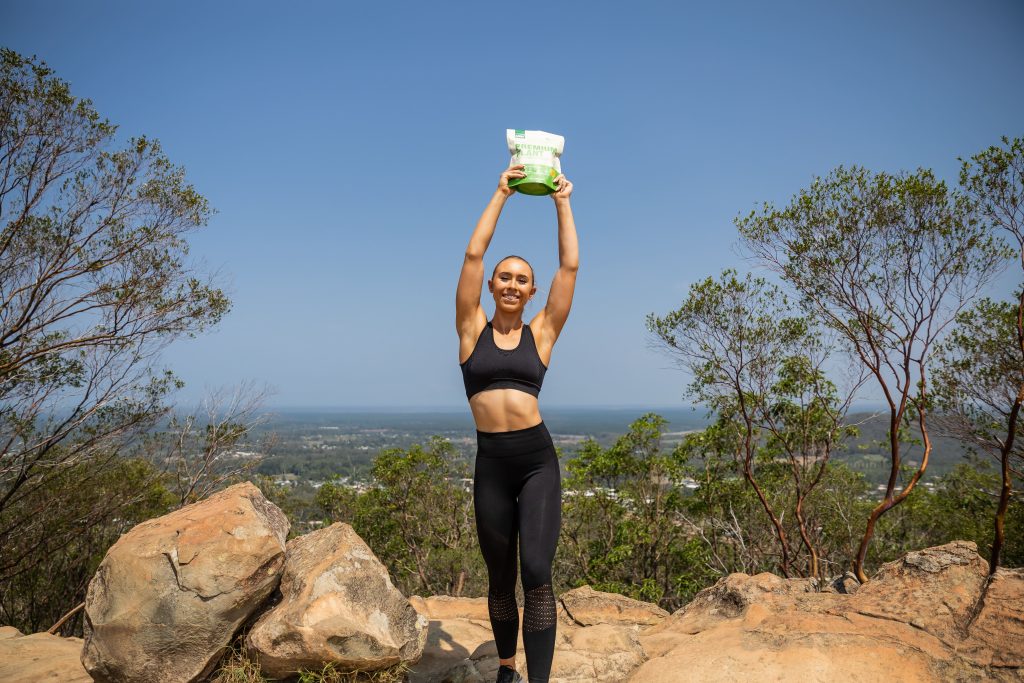Dancers are a unique breed. They must be strong, fit, and flexible. Despite being associated with having an enviable physique, dancers have to work hard to get the lean body that people see on stage. It is not just genetics that makes them look the way they do. Dancers must put in hours of dedication with their coaches and daily conditioning sessions and eat the right foods, including protein powder.
What Is Protein Powder, and Why Do Some Dancers Use It?
What Is Protein Powder?
Protein powder is a powdered nutritional supplement that contains protein from plant or animal sources. Whey and casein milk proteins are commonly used in protein powders because they have all the essential amino acids necessary for muscle growth and development. The most common forms of protein powder include whey protein (derived from milk), casein protein (from milk), soy protein, pea protein, hemp protein, and egg white protein. Each form has different properties and potential health benefits.
Why Do Some Dancers Use It?
Dancers use protein powder for different reasons than weightlifters or bodybuilders. It helps dancers recover between classes and performances, and it can reduce muscle soreness and improve strength while reducing the risk of injury.
How Protein Powder Improves Dancing Skills
Dancing requires a lot of flexibility, agility, and strength. Protein powder helps build muscles and enhances your endurance by providing energy to perform more strenuous and difficult moves. If you are keen on enhancing your dancing skills, protein powder is a must-have in your diet.
Protein powder contains essential amino acids that help repair damaged tissues and build muscle mass. This improves the functional capacity of the muscles and joints and allows you to recover quickly from intense activities such as dancing.
The ability to sustain longer periods of strenuous physical activity without feeling fatigued separates professional dancers from beginners! The additional energy provided by protein powders can help you achieve this if taken correctly.
Section: 2. How Much Protein Does a Dancer Need?
It’s very difficult to determine how much protein a dancer needs, as it depends on many factors. A dancer will have a higher protein requirement than a non-dancer. The number of hours danced per week and the intensity of dancing are two additional factors determining how much protein is needed for a dancer.
What Kinds of Protein Are Best for Dancers?
There are many different types of protein powders out there, and it can be very confusing when trying to figure out which one is best for you. To help make sense of it all, I’ve narrowed down the three most common types and their benefits.
There are three basic types of protein: whey, soy, and Casein.
Whey is the most popular protein supplement for athletes. Whey is a fast-acting protein, which means it can be quickly digested and absorbed by your body. Most people recommend you take whey within 30 minutes of your workout so that the protein starts the muscle rebuilding process as soon as possible. The faster your muscles recover from exercise, the better they will perform next time.
On the other hand, Casein is a slow-acting protein that can take up to seven hours to absorb into your body fully. Casein should be taken before bedtime to allow it to do its work while you sleep. It can also be used between meals when you won’t eat for several hours because Casein stays in your stomach longer than any other type of protein.
Soy is a plant-based protein that has become increasingly popular due to its many health benefits. Soy is an excellent source of fiber and healthy fats, but it may not be as effective at building muscle as Whey or Casein.
There are many options available to you for meeting your daily protein intake, and choosing the supplement that’s best for you doesn’t need to be an arduous, confusing process. With the help of a little research and the suggestions above, finding the right protein powder will be a breeze. Now go forth, do some exploring, and see which one is right for you!
You can view the original article HERE.





:quality(85):upscale()/2023/10/23/619/n/1922283/41d4a38765367aa91cbc18.43219011_.jpg)























:quality(85):upscale()/2024/11/07/930/n/1922564/a2d3a981672d2eff2fa4b3.27830525_.png)

:quality(85):upscale()/2024/10/29/800/n/1922564/87311b9b67212573be36e4.40498817_.jpg)